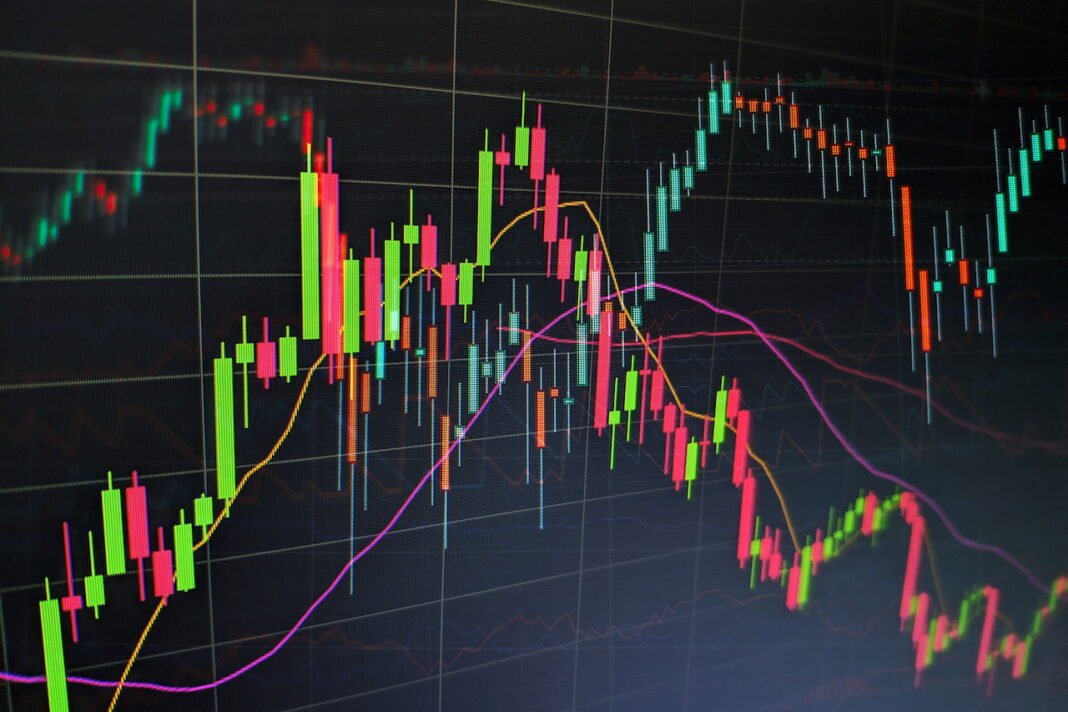
Automated Crypto Trading: A Comprehensive Guide
In the fast-paced world of cryptocurrency, automated crypto trading has emerged as a revolutionary approach that allows traders to leverage technology for optimal results. This guide will delve into the intricacies of automated trading systems, including their advantages, how they work, and the various strategies employed by traders. Automated systems can eliminate the emotional aspect of trading, allowing for more objective and timely decisions. As we explore this topic, you can also check the following link for more insights: automated crypto trading https://coindataflow.com/pt/a%C3%A7%C3%A3o/ACEV
What is Automated Crypto Trading?
Automated crypto trading refers to the use of software and algorithms to execute trading orders in the cryptocurrency market automatically. These systems are designed to make trades based on predetermined conditions, reducing the need for manual intervention. Traders can set specific criteria such as entry and exit points, stop-loss levels, and target profits. Once these parameters are established, the trading bot operates 24/7, making decisions with speed and precision.
The Benefits of Automated Trading
Automated trading offers several significant advantages:
- Elimination of Emotional Trading: One of the most talked-about advantages of automated trading is its ability to remove emotions from the trading process. Fear and greed often lead to poor decisions, but automated systems stick to the plan.
- Increased Efficiency: Automated trading allows traders to monitor multiple markets and currencies simultaneously, which is virtually impossible for manual trading.
- Backtesting Capabilities: Traders can backtest their strategies using historical data to assess the viability of their approach before deploying it in real-time trading.
- Timely Execution: Automated systems can execute trades in milliseconds, taking advantage of market opportunities that might be missed by human traders.

How Automated Crypto Trading Works
The foundation of automated trading lies in algorithms, which are sets of rules and instructions that dictate how trades will be made. Here’s a simplified breakdown of how it works:
- Strategy Development: Traders develop and define a trading strategy based on analysis, whether technical, fundamental, or both.
- Programming the Algorithm: Once the strategy is defined, it is programmed into a trading robot or bot, which encompasses all the trading instructions.
- Connecting to an Exchange: The bot is connected to a cryptocurrency exchange through an API (Application Programming Interface), allowing it to receive data and place trades.
- Execution: The bot monitors the market according to the set rules and executes trades automatically when conditions are met.
Strategies for Automated Crypto Trading
There are several strategies that traders typically employ in automated crypto trading:
- Trend Following: This strategy involves identifying and following the direction of the market trend. Trading bots can automatically place trades as the trend develops.
- Arbitrage: This strategy takes advantage of price discrepancies between different exchanges. A bot can buy low on one exchange and sell high on another simultaneously.
- Market Making: Market-making strategies involve providing liquidity to the market by placing both buy and sell limit orders at various price levels. The bot profits from the spread between these orders.
- Mean Reversion: This strategy assumes that the price of a cryptocurrency will return to its average over time. Bots can execute trades when prices deviate significantly from historical means.
Choosing the Right Automated Trading Software
Selecting the right automated trading platform is crucial for your success. Here are some factors to consider:
- User-Friendly Interface: Look for software that is easy to navigate and understand, even for beginners.
- Customizability: Ensure that the platform allows for customization of trading strategies and parameters.
- Supported Exchanges: Verify that the software supports the cryptocurrency exchanges you want to trade on.
- Security Features: Since you’ll be using real funds, prioritize platforms with robust security measures.
- Community and Support: A strong user community and responsive customer support can be invaluable for troubleshooting issues and gaining insights.
The Risks of Automated Crypto Trading
While automated trading has many benefits, it also carries inherent risks:
- Technical Failures: Software glitches or hardware malfunctions can lead to significant financial losses if trades don’t execute as expected.
- Market Volatility: The cryptocurrency market is notoriously volatile, which can lead to unexpected losses, especially if risk management strategies are not effectively implemented.
- Over-Optimization: Some traders may fall into the trap of over-optimizing their strategies for historical data, which may not perform well in live markets.
- Dependence on Technology: Relying solely on automated systems can lead to a lack of market knowledge and understanding over time.
Conclusion
Automated crypto trading can be a powerful tool for both new and experienced traders, offering the potential for increased efficiency and profitability while mitigating emotional decision-making. However, it is essential to understand the underlying strategies and risks associated with these systems. Always backtest your strategies and continually monitor your automated trading operations to adapt to the ever-changing cryptocurrency landscape. As technology continues to evolve, automated trading will undoubtedly play a larger role in the future of finance.


